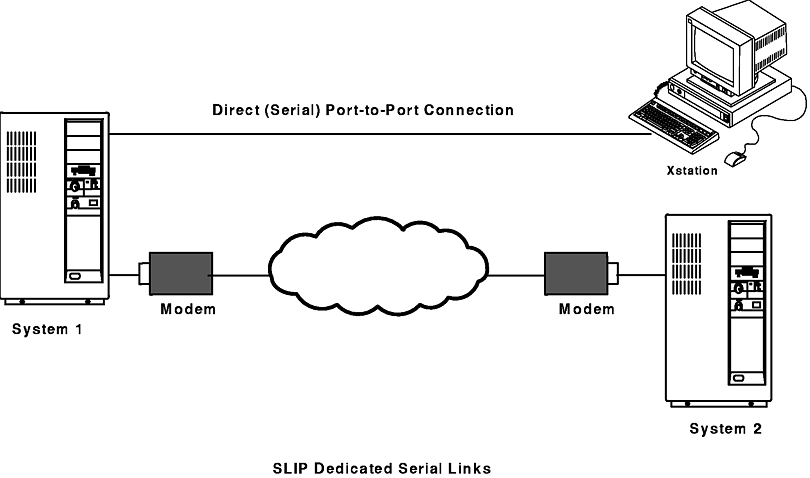

Once such open source package is mTCP which also includes a selection of client programs (e.g. You're looking for an IP stack that supports SLIP or PPP, which are IP-over-serial standards. Where 1000000 is number of times pppd tries to connect to the other party. More likely, you'll do it over the serial port. host1 (config-if)encapsulation ppp Assign an IP address and subnet mask for the interface. host1 (config)interface serial 3/0:2/5 Specify PPP as the encapsulation method (data-link protocol) on the interface. Here are the commands and the output I got on a Fedora. The two machines are Fedora 28 Linux on an Intel(R) Core(TM) i7-7600U CPU 2.80GHz and a custom built board with Linux 4.14.0-xilinx-v2018.2 on an ARMv7 A. I followed these instructions but it didnt work. Should you need the pppd to keep trying to connect, you can add the following flag at the back of your command – lcp-max-configure From Global Configuration mode, specify the physical interface on which you want to configure PPP. Im trying to setup a PPP connection between two Linux machines over a serial line. You should see a new device (usually ppp0) when you type: Pppd /dev/ttyUSB0 115200 lock nodetach noauth debug PPP provides self-contained error detection and automatically negotiated header compression. PPP is an enhancement to the nonstandard Serial Line IP (SLIP) interface (see Serial Line IP Interface ). Pppd /dev/ttyUSB0 115200 lock nodetach noauth debug 195.0.0.12:195.0.0.13 You can use the PPP Protocol (otherwise called Internet standard Point to Point Protocol) to run TCP/IP connections to the X Window protocol on a host computer. TCPware supports the Point-to-Point Protocol (PPP) so that you can send IP datagrams over serial links, including LAT or modem connections. Using TCP/IP allows data to be sent as packets, instead of a byte stream as per serial. The advantage is that this prevents mis-interpreting messages sent, when bytes are dropped, or the definition of the message is different.Ĭomputer1 -> USB-Serial Converter -> Serial Cable -> Serial->USB Converter -> Computer 2


 0 kommentar(er)
0 kommentar(er)
